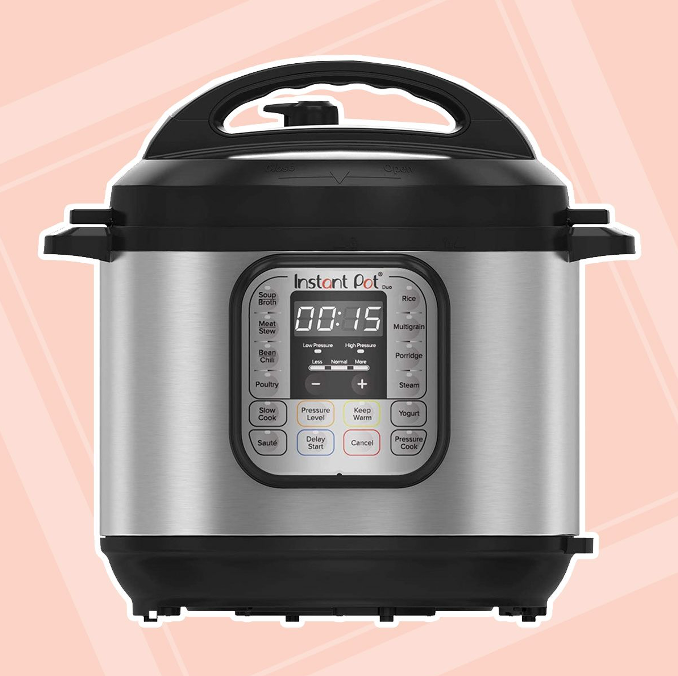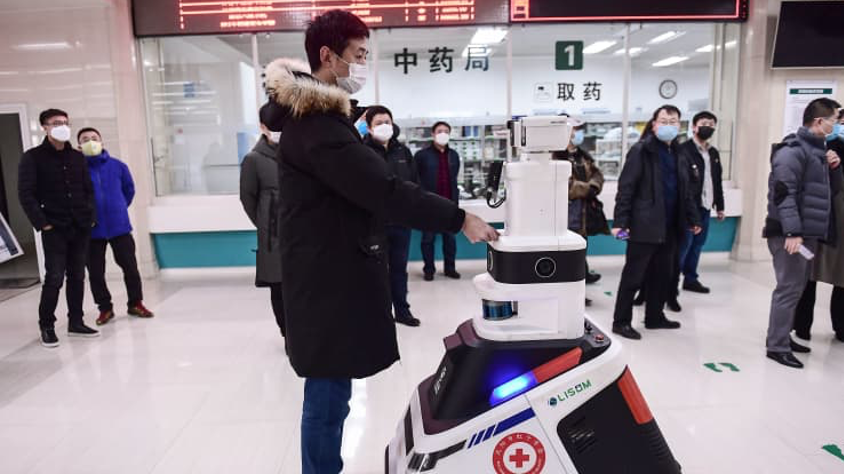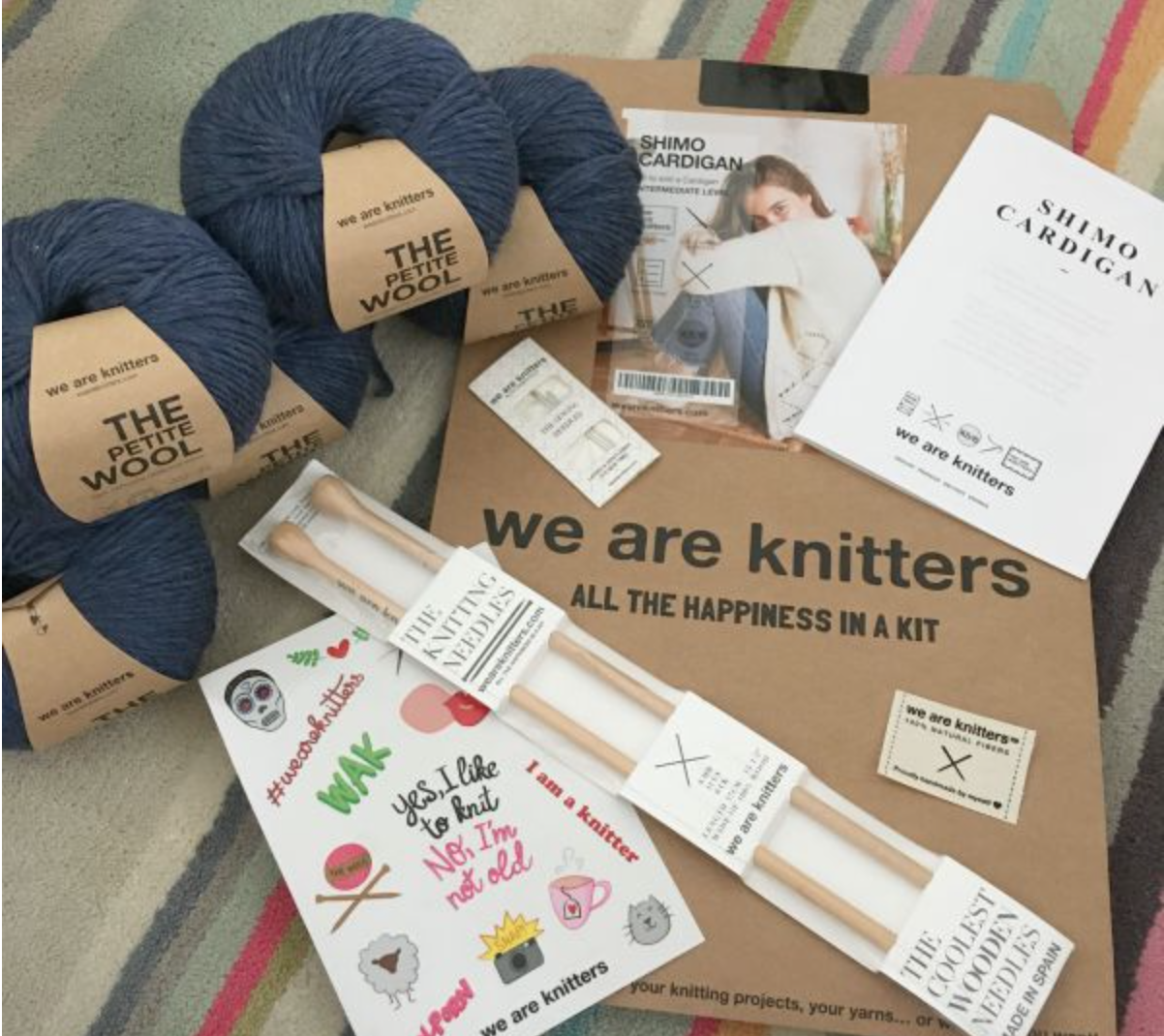Trendhunter highlighted a number of interesting Post Pandemic Trends in a recent online conference- The Future Festival World Summit. Trendhunter noted that in past pandemics similar trends occurred, yet the context around the trend is different today. The most notable trends that result in a Post Pandemic era are:
- Money– Conflict with Extreme Wealth
- Class– Rise of the Middle Class
- Business- Automation of Labor
- Politics-Polarized Political Debate
- Generations-Next Generation Take the Lead
- Careers-Fewer Career Boundaries
- Life– Making up for Lost Time
- Leisure– Proliferation of Leisure
- Media– New Media and New Media Heroes
- Luxury-Desire for Opulence
- Science-A Pursuit of Answers
- Business-Surge in Automation
- Risk-Extreme Risk for a New Life
In the following, we review our top 3 picks and provide examples of companies, products or services that are emerging well against these trends.
1. Luxury
During the COVID-19 pandemic, consumers across the globe have been forced indoors, vastly increasing the amount of time spent at home. Indeed, the home has become the new headquarters, facilitating everything from work to workouts. As a result, consumers are bringing the concept of luxury into the post-pandemic home, upgrading their domestic space with sophisticated home gadgets and appliances ranging from smart fridges to Nespresso machines. This consumer move towards higher quality in tandem with value for money has been visible for some years but COVID-19 has focused it on inside the home.
In particular, consumers are responding to a need for easy-to-use, high-functioning and design-led appliances. In fact, in a recent study conducted by Xiaomi, a global leader in smart home devices, 70% of consumers reported making changes to their living environment since March 2020, and 51% reported purchasing at least one smart device during the same period. A good example of luxury at home is the rise of Instant Pot and more recent Instant Pot Duo.

Instant Pot Duo. Works as an electric pressure cooker, but it’s also a rice cooker, yogurt maker, steamer, slow cooker and warmer.
2. Business
Every major health crisis and or economic downturn since the beginning of the information and communications technology revolution has resulted in the dramatic and permanent loss of easily automatable (routine) jobs. Non-routine jobs, on the other hand, either were not impacted or recovered quickly after the downturn. This suggests that there are critical times during which the economy undergoes productivity/efficiency-enhancing transformation, through both within-firm automation and between-firm reallocation (the reallocation of market share and productive resources from less to more highly automated firms).
COVID-19 has accelerated technological change in that the ongoing health crisis creates strong incentives to automate. Workplaces are actively reinventing their operations to minimize health risks to workers and customers. Many businesses have shifted to remote work, which has necessitated the further digitization and automation of their workflow. Other firms, who could not shift to remote work, are instead focused on mitigating risks by replacing worker-worker interactions with worker-machine interactions, or, better yet, by replacing workers with machines altogether. The economy, as a whole, will also become more highly automated through reallocation, as less automated firms face more health disruptions and lose market share.
Distinct technology areas ranging from 5G, cloud/edge, and artificial intelligence to articulated robots are expected to continue to grow significantly in response to the business impacts of COVID-19. A good example of automation is technology coming out of China that addresses needs of safety and tracking.

A patrol robot at a hospital in Shenyang in China’s northeastern Liaoning province checks temperatures, identifies and disinfects people.
3. Leisure
The COVID-19 pandemic has altered many aspects of daily life, including the pursuit of leisure activities. Social distancing, lockdowns, working from home, and limited travel has led to feelings of isolation and in some cases mental health issues for some. Lifestyle changes due to working from home and reduced commuting hours have left many with additional free time for leisure, yet with restricted access to popular leisure facilities such as gyms and restaurants has forced many to look toward activities available closer to home. In some cases, this has meant activities being dropped and substituted for comparable alternatives, e.g., outdoor running instead of gym-going or watching concerts online instead of in person, whereas in other cases this has led to the pursuit of an entirely new hobby. Some of the leisure activities that have seen noteable growth are: home workouts, running, walking, gardening, baking, knitting and constructing puzzles to name a few. In particular, DIY kits have become trendy as they allow consumers to “ease into” and “test” new hobbies. A good example of a DIY kit is We Are Knitters.

We Are Knitters, a DIY label that offers bamboo fibre kits that come with all the supplies needed along with clear instructions to guide knitters through the creation process.
Do you want to WIN at innovation contact us at johnchan@pearl-strategy.ca.
Source: Euromonitor Report, Top 10 Global Consumer Trends of 2021




